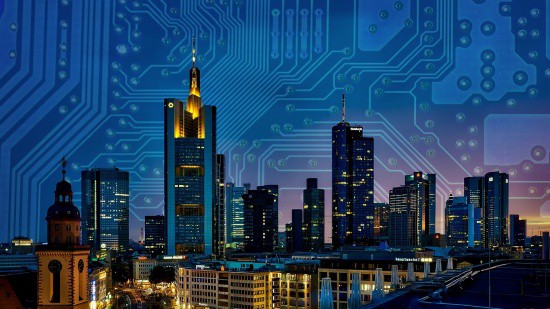Juniper Research predicts smart building deployments will grow by over 150% in the next four years reaching 115 million in 2026 from 45 million in 2022. This reflects increasing demand for energy efficiency from businesses and residents alike, as energy costs spike.
The research firm defines a smart building as a building that uses connectivity to enable economical use of resources, while creating a safe and comfortable environment for the occupants.
According to its new report entitled “Smart Buildings: Key Opportunities, Competitor Leaderboard & Market Forecasts 2022-2026”, significant efficiency gains can be made by enabling buildings to monitor and automate common functions. Automating these functions also improve the environment for workers and residents.
The report recommends that vendors focus on building analytics platforms for the most value to be driven from deployments.
Commercial premises drive smart building spend
The research found that non-residential smart buildings will account for 90% of smart building spend globally in 2026; at a similar level to 2022.
This dominance is due to the larger economies of scale in commercial premises driving this spend, as well as the commercial focus of most smart building technologies.
“Smart building platform vendors will understandably focus on non-residential use cases, as these provide a stronger return on investment, but they should not neglect the importance of residential deployments, as environmental concerns intensify,” said research co-author Dawnetta Grant.
Smart building sensors shipment to accelerate quickly
The research found that the global shipments of sensors used in smart buildings will exceed 1 billion annually in 2026 from 360 million in 2022. This represents a growth of 204%.
Sensors, when combined with intelligent management platforms, will allow smart buildings to adapt to conditions; matching elements such as lighting, heating and ventilation to live requirements.
The report recommends that smart building vendors partner with AI vendors to maximise the benefits of automation, such as reduced energy costs and improved working environments.



